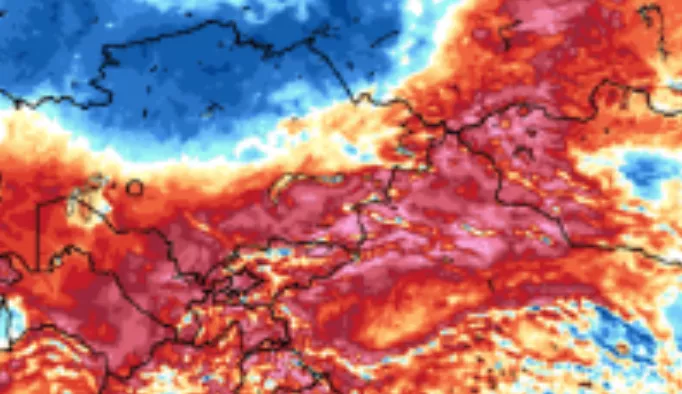
A major heatwave continues to rewrite climate records across Asia. On July 22, Kazakhstan and Northeast China both registered extraordinary temperature extremes, marking yet another day in what is becoming one of the hottest Julys ever observed in the region.
🌡️ Kazakhstan: Record-Breaking Day and Night
In Shymkent, southern Kazakhstan, temperatures soared to 43.7°C, setting a new July all-time high. Known for its hot summers, even this city has rarely experienced such blistering conditions. It’s not just daytime temperatures that are breaking records — nights are becoming alarmingly warm.
At Karatyuba, the minimum temperature was 26.8°C, marking the hottest night ever recorded at the site. These elevated nighttime temperatures are dangerous, preventing the body and environment from cooling down and increasing the risk of heatstroke and other health impacts, particularly for the elderly and outdoor workers.
The broader region is under a persistent high-pressure ridge, often referred to as a heat dome, trapping dry, hot air over Central Asia for days on end. This setup has led to multiple broken records across Uzbekistan, Turkmenistan, and now Kazakhstan, with power grids, crops, and public health systems all under pressure.
🇨🇳 China: Heat Reaches Unlikely Corners
In Northeast China, typically known for its milder summers, the Friendship National Station saw an unprecedented 36.0°C, setting a new July record for the location. Situated in a cooler zone near the Russian border, this area rarely experiences such extremes.
The unusual heat is linked to continental airflow patterns, low soil moisture, and the northward expansion of subtropical heat zones. It follows weeks of abnormal warmth across northern China and Mongolia, showing how deeply the 2025 heatwave is reaching.

Source: tropicaltidbits.com


























